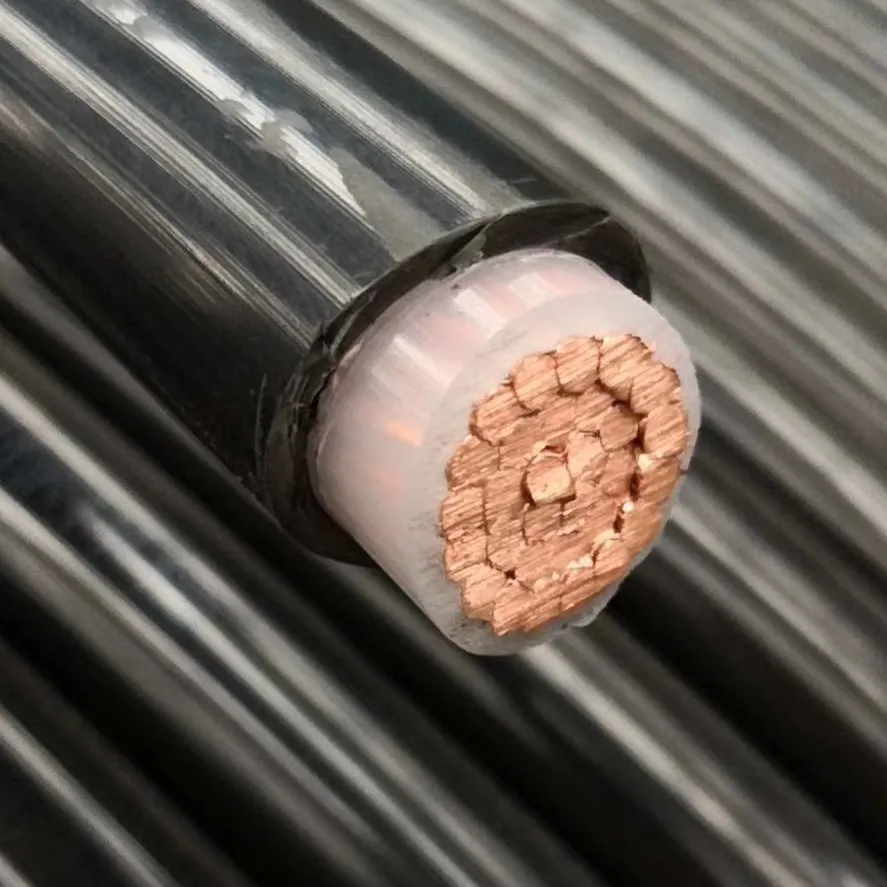Time: 2025-04-28 14:20:10 Source: Henan Province Jianyun Cable Co., Ltd.

Controlling electricity is essential for safety, efficiency, and functionality in electrical systems, whether in homes, industries, or renewable energy setups. Various devices are used to control electricity by regulating its flow, protecting circuits, or managing power distribution. This article explores these devices through three key sections, using a table to list common devices and engaging analogies to clarify concepts.
Controlling electricity refers to managing the flow, direction, or intensity of electrical current in a system to ensure safety, protect equipment, and achieve desired functionality. This involves turning circuits on or off, regulating voltage or current, protecting against faults (e.g., overloads, short circuits), and directing power to specific loads.
In a residential setting (e.g., using 14-2 NM-B wiring, as discussed earlier), controlling electricity might mean switching off a light or protecting a circuit from overload. In industrial setups (e.g., with control wires, as discussed), it could involve automating machinery. In solar systems (e.g., 4mm² cables, as discussed), it means managing DC power from panels to inverters. Controlling electricity is like “directing traffic” in a city—it ensures the “vehicles” (current) travel safely to the right “destinations” (loads) without causing “accidents” (faults).
Several devices are used to control electricity, each serving a specific purpose in managing or protecting electrical flow. The table below summarizes common devices, their functions, and typical applications:
| Device | Function | Typical Application |
|---|---|---|
| Circuit Breaker | Protects circuits by interrupting power during faults | Household panel (230V, 15A circuit) |
| Switch | Turns circuits on or off manually | Light switch in homes |
| Relay | Controls high-power circuits with a low-power signal | Industrial automation (24V control) |
| Fuse | Protects by melting during overcurrent | Older homes, electronics |
| Voltage Regulator | Maintains stable voltage output | Solar inverter systems |
Circuit Breaker: Automatically cuts power during faults like overloads or short circuits. Rated for specific currents (e.g., 15A for a 14 AWG circuit), it’s a key device in household panels (as discussed in house wiring contexts).
Switch: Manually controls the flow of electricity by opening or closing a circuit. A light switch in a home (e.g., 230V, 14-2 NM-B) is a simple example, allowing users to turn lights on or off.
Relay: An electrically operated switch that uses a low-power signal (e.g., 24V control wire, as discussed) to control a high-power circuit (e.g., 230V motor), common in industrial automation for remote or automated control.
Fuse: A safety device that melts to break a circuit during overcurrent, protecting against damage. Often used in older homes or electronics, though circuit breakers are more common now due to resettability.
Voltage Regulator: Maintains a consistent voltage output despite input fluctuations, critical in sensitive systems like solar inverters (e.g., 48V DC systems, as discussed) to protect equipment and ensure efficiency.
These devices are like “traffic controllers” for electricity—each manages the “flow” (current) in its own way, ensuring the “roads” (circuits) stay safe and functional.
Devices that control electricity are used across various applications, ensuring safety, efficiency, and functionality in different systems:
Practical Note: When selecting a device, match its rating to the circuit (e.g., 15A breaker for 14 AWG wire per NEC). Environmental factors (e.g., 50°C in Saudi Arabia) may require derating or specific devices (e.g., heat-resistant relays). Compliance with standards like IEC 60947 (for breakers) or NEC ensures safety.
These devices work together like a “team of managers” in a factory—the breaker “guards” the system, the switch “directs” the flow, the relay “automates” tasks, the fuse “sacrifices” itself for safety, and the regulator “stabilizes” the output, ensuring smooth operations.
Controlling electricity involves managing its flow, protecting circuits, and ensuring functionality, achieved through devices like circuit breakers (fault protection), switches (manual control), relays (automation), fuses (overcurrent protection), and voltage regulators (stable output). They’re used in residential wiring (e.g., 14-2 NM-B circuits), industrial systems (e.g., 24V control relays), solar setups (e.g., 4mm² cables), and power distribution (e.g., LT lines), ensuring safety and efficiency. Matching device ratings to circuits and following standards (e.g., NEC, IEC 60947) is crucial for safe electrical control across applications.